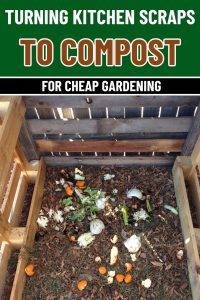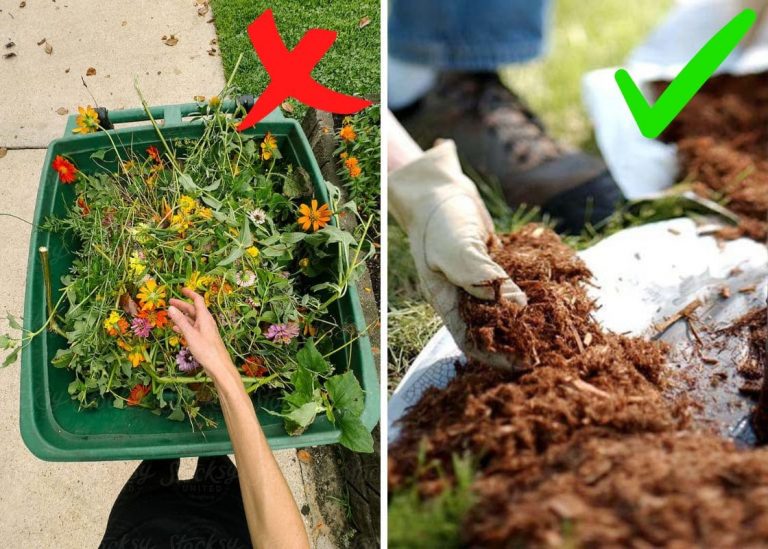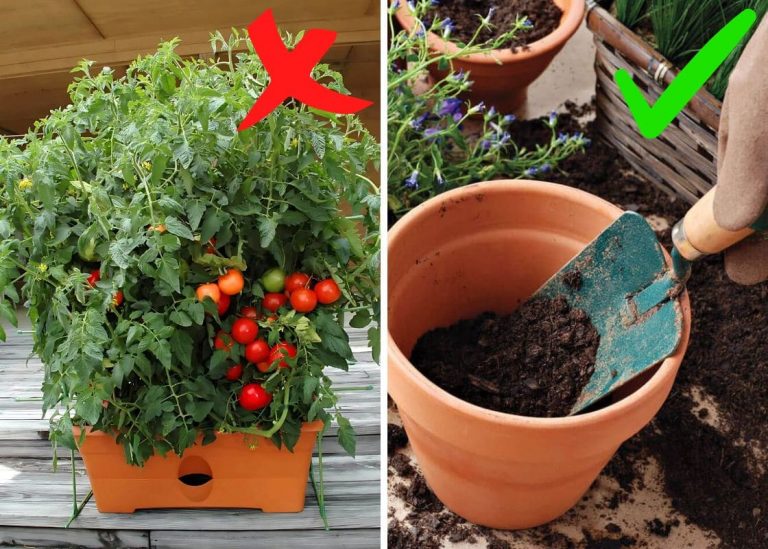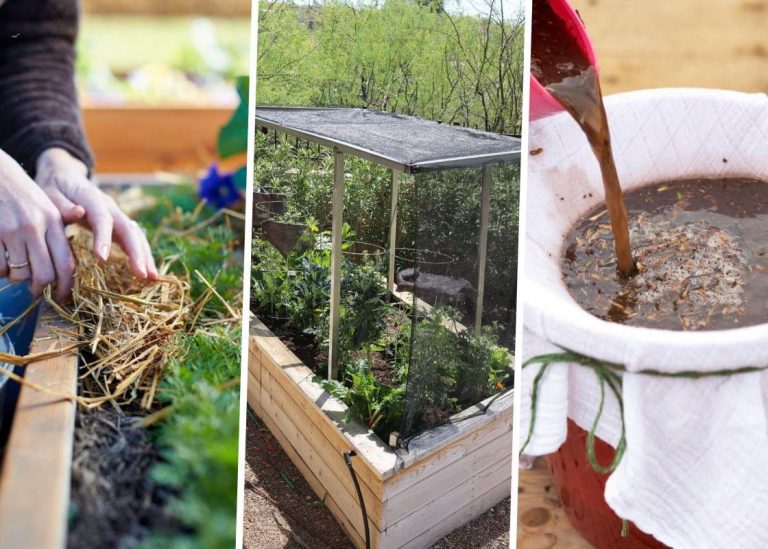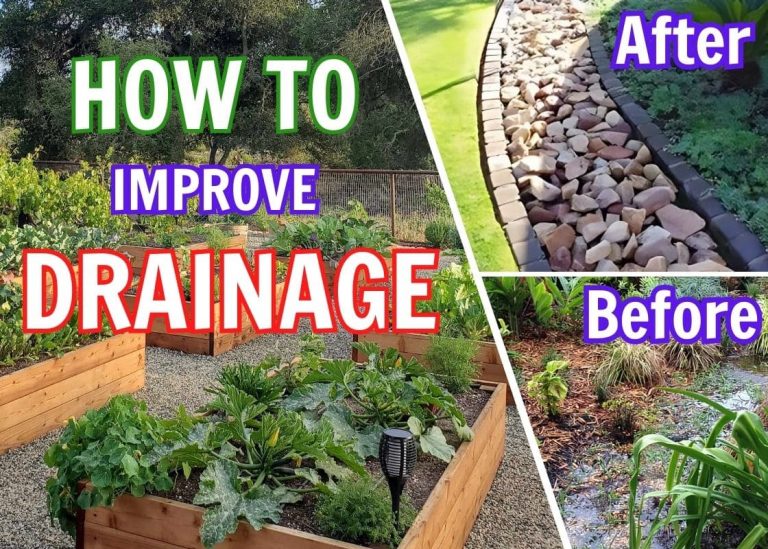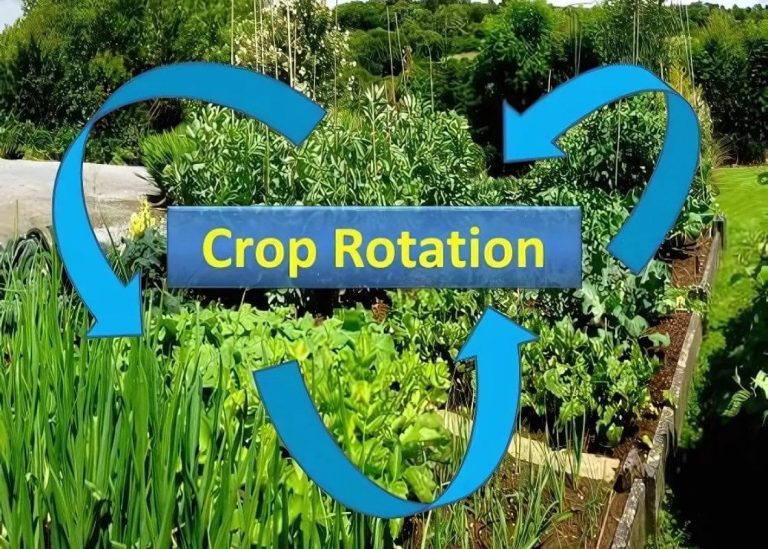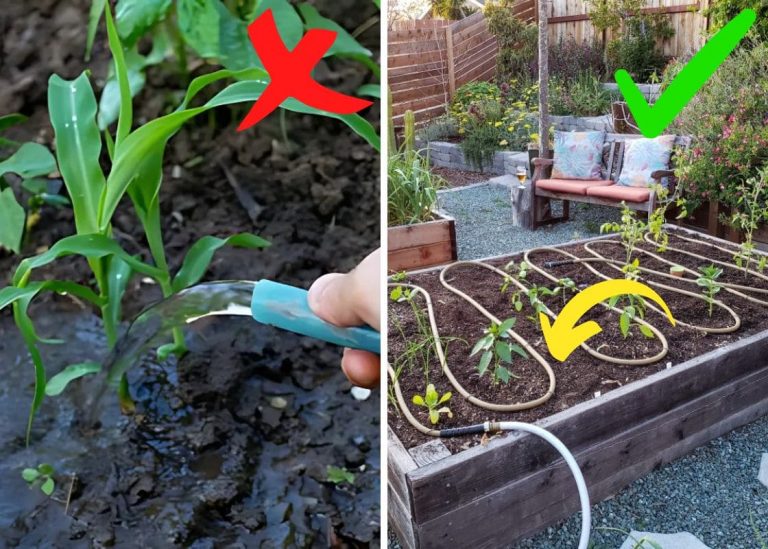The Science of Composting: Turning Kitchen Scraps into Garden Gold
I still remember the first time I started composting. I had read about it in gardening books and heard experienced gardeners rave about how compost was “black gold” for the garden.
But when I looked at my pile of kitchen scraps and dried leaves, I had doubts. Could those banana peels, coffee grounds, and eggshells really transform into something as valuable as store-bought fertilizer?
Fast forward to today, and I can confidently say that composting is one of the best things I’ve ever done for my garden. The rich, dark compost I pull from my bin each season has improved my soil, boosted plant growth, and reduced waste in my home.
But composting isn’t just about throwing food scraps in a pile and hoping for the best, it’s a science.
Why Composting Matters
Before I started, I had no idea how much food waste I was throwing away. Vegetable peels, fruit scraps, coffee filters—all of it went straight into the trash.
Once I began composting, I was shocked at how much of my kitchen waste was perfectly reusable. Instead of piling up in a landfill, these scraps became food for my garden, improving soil health naturally.
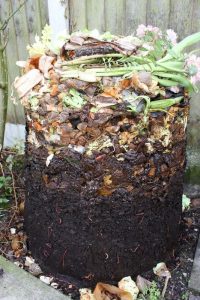
Composting is more than just a way to recycle organic waste. It creates a living, nutrient-dense amendment that enriches the soil, helps retain moisture, and improves plant resilience.
Specially, it’s completely free. No expensive fertilizers, no synthetic chemicals—just nature doing what it does best.
The Science Behind Composting
The magic of composting comes from microorganisms, those tiny, hardworking decomposers that break down organic material into rich humus.
But to keep them happy and active, you need the right balance of ingredients. Composting is all about maintaining the perfect ratio of carbon-rich “browns” and nitrogen-rich “greens.”
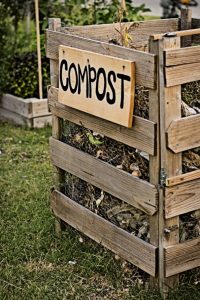
When I first started, I made the mistake of dumping in nothing but food scraps. The result? A wet, smelly mess. That’s when I learned that compost needs structure.
Browns, like dried leaves, shredded paper, and straw, provide carbon and help keep the pile aerated. Greens, like vegetable peels, coffee grounds, and grass clippings, provide nitrogen, which fuels microbial activity. When the balance is right, decomposition happens quickly and without odor.
Building the Perfect Compost Pile
I start with a base of browns, this helps with drainage and prevents the bottom from becoming too soggy. Then, I layer greens and browns, always making sure there’s more brown material than green.
If I notice my pile drying out, I give it a light watering, just enough to keep it damp like a wrung-out sponge.
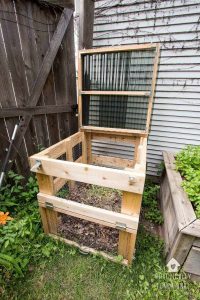
Turning the pile regularly is also key. At first, I didn’t bother much with aeration, but then I realized my compost was breaking down much too slowly.
Now, I turn it every week or so to keep oxygen flowing, which speeds up decomposition and prevents bad odors. It’s a simple step that makes a huge difference.
What You Can and Can’t Compost
One of the first questions I had when I started composting was: What exactly can I put in here? I quickly learned that while most kitchen scraps are compost-friendly, there are a few things you should avoid.
I add things like vegetable and fruit scraps, eggshells, coffee grounds, tea bags, grass clippings, and shredded paper without hesitation. These all break down beautifully and enrich the soil with nutrients.
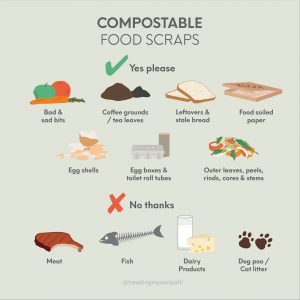
But there are a few things I never compost like meat, dairy, oily foods, and anything treated with chemicals. These can attract pests and cause unpleasant smells.
Also, citrus peels and onion skins can be composted in moderation, but I’ve noticed that they take longer to break down. If I have too many, I throw them into my worm bin instead, where they decompose more efficiently.
Speeding Up the Composting Process
One of the biggest game-changers for me was chopping up my kitchen scraps before adding them to the pile. Smaller pieces break down faster, giving microbes more surface area to work with.
Turning the pile regularly also keeps decomposition active, while adding a handful of finished compost or garden soil introduces beneficial microbes to get things going.
Another trick I love? Using compost activators. If my pile seems slow, I toss in some nitrogen-rich materials like coffee grounds or fresh grass clippings to give it a boost.
Some gardeners even swear by adding a little molasses or manure to speed things up, but I’ve found that keeping the right balance of greens and browns does the job just fine.
The Moment of Magic: Using Finished Compost
There’s nothing quite like the moment when you dig into your compost pile and find that rich, dark, earthy-smelling material that crumbles in your hands.
That’s when you know it’s ready. It usually takes about three to six months, depending on how well the pile is maintained.
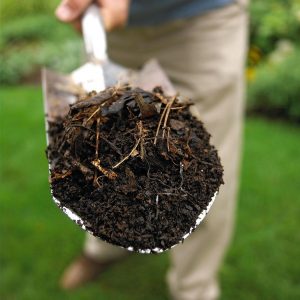
Once my compost is finished, I use it everywhere, mixing it into garden beds, adding it to potted plants, and even brewing compost tea for an extra nutrient boost.
Every time I add compost to my soil, I can see the difference. Plants grow stronger, flowers bloom brighter, and my vegetables taste richer.
